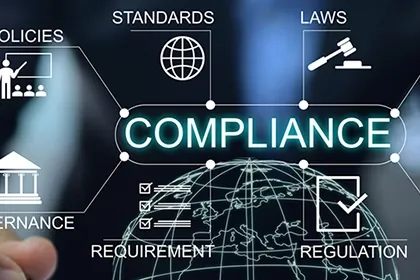General assembly meetings, whether ordinary assembly or extraordinary assembly, are considered one of the most essential elements in the governance of companies. These meetings serve as the decision-making authority for key issues such as approving financial statements, electing the board of directors, increasing capital, or amending the articles of association, playing a vital role in corporate governance. Given the significance of these meetings, utilizing an assemblies and contracts management system can make the planning, holding, and tracking of resolutions transparent and efficient.
The Difference Between Ordinary and Extraordinary Assemblies
In large companies and organizations, there are two main types of assemblies:
- Ordinary General Assembly: Meetings that are held regularly and usually once a year. Topics such as approving the balance sheet, profit distribution, selecting the statutory auditor, and electing board members are addressed in these meetings.
- Extraordinary General Assembly: Meetings that are held under specific conditions. Amendments to the articles of association, increasing or decreasing capital, and critical strategic decisions are made in these assemblies.
Challenges in Managing Assembly Meetings
Conducting assembly meetings, especially in large companies, comes with various challenges:
- Sending invitations and coordinating with numerous shareholders
- Accurately recording minutes and resolutions
- Tracking the implementation of resolutions and evaluating their progress
- Archiving documents and quick access to legal papers
- Compliance with legal requirements and stock exchange or regulatory organization regulations
The Role of the Assemblies and Contracts Management System
Utilizing a assemblies and contracts management system helps organizations manage all processes related to ordinary and extraordinary assembly meetings digitally and seamlessly. This system offers the following capabilities:
- Scheduling meetings and automatically sending invitations
- Managing agendas and uploading relevant documents
- Recording members' attendance
- Recording and archiving audio and video of the meetings
- Documenting resolutions and tracking their implementation status
- Generating management reports for decision analysis
Advantages of Digitalizing Assembly Meetings
By leveraging specialized systems like the assemblies management system, organizations can experience the following benefits:
- Increased transparency and accountability
- Reduced bureaucracy and time wastage
- Creation of a digital archive for meetings and resolutions
- Better oversight of decision implementation
- Ease of compliance with legal requirements
Practical Applications
- Public joint-stock companies: Holding general assemblies with a large number of shareholders
- Ministries and government organizations: Managing council and high authority meetings
- Holdings: Coordination between subsidiary companies and their general assemblies
- Banks and insurance companies: Recording and tracking investment-related resolutions
Conclusion
Managing ordinary and extraordinary assembly meetings without using digital tools can be costly, time-consuming, and error-prone. The assemblies and contracts management system is a reliable solution for digitizing these processes, enabling organizations to implement their strategic decisions more quickly, transparently, and accurately.
Frequently Asked Questions
Joint-stock companies, holding companies, banks, insurance companies, and governmental institutions that have numerous meetings and make significant decisions.



